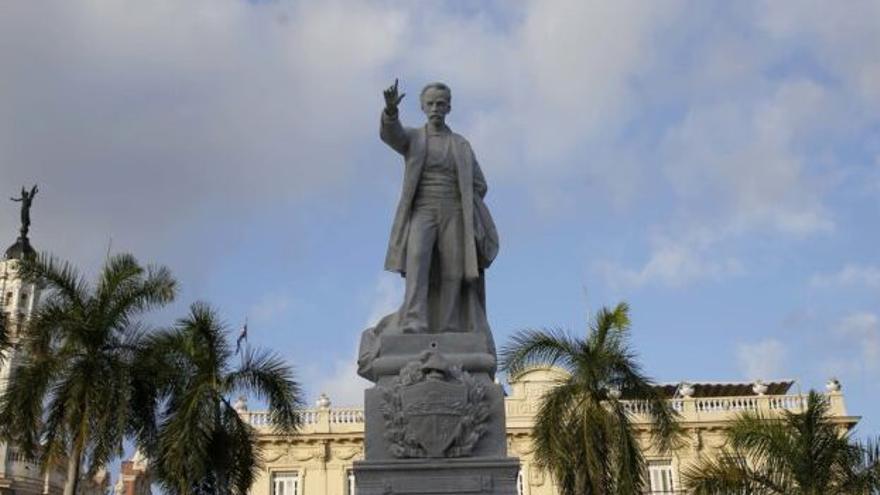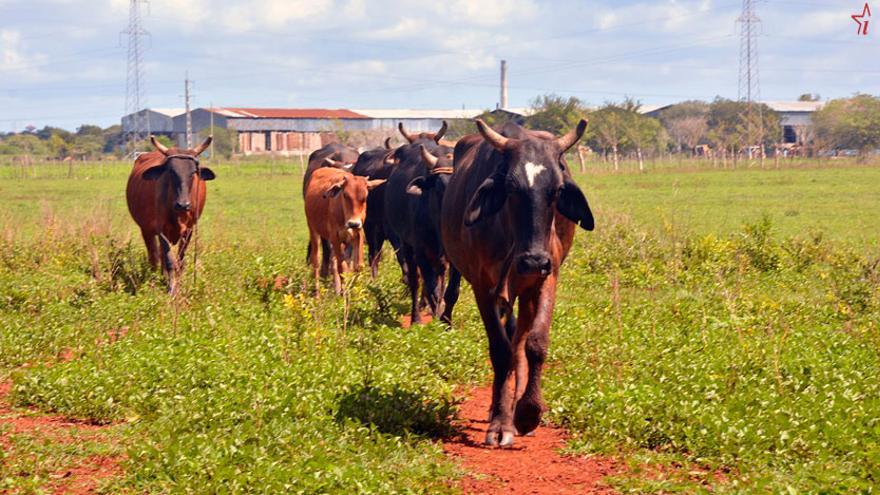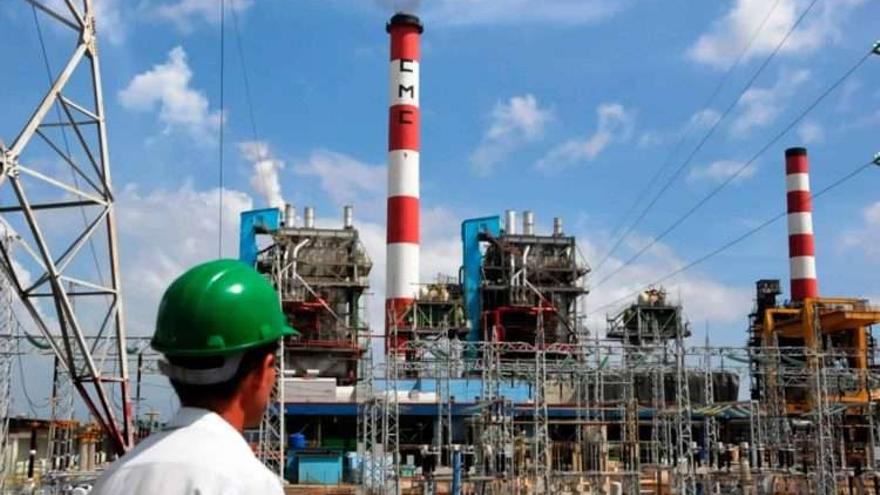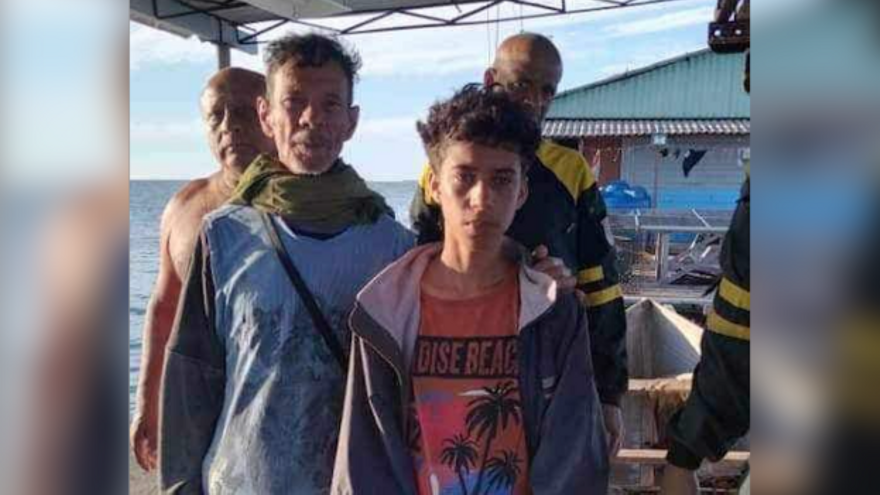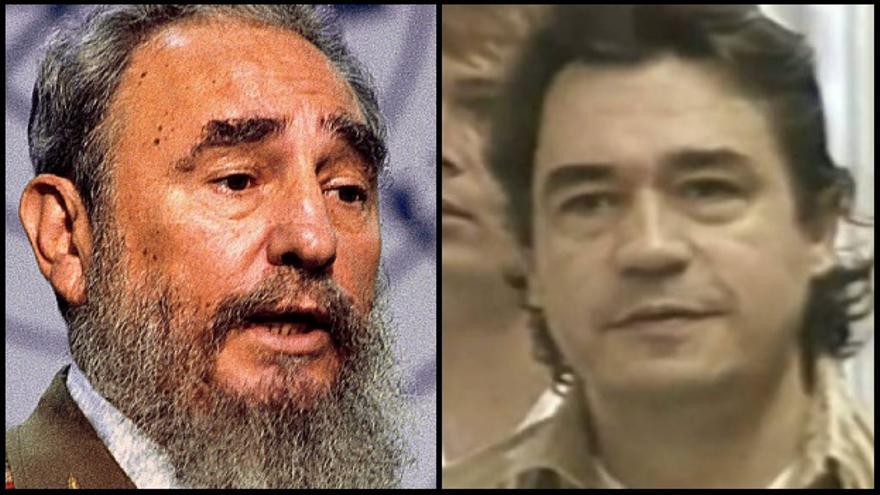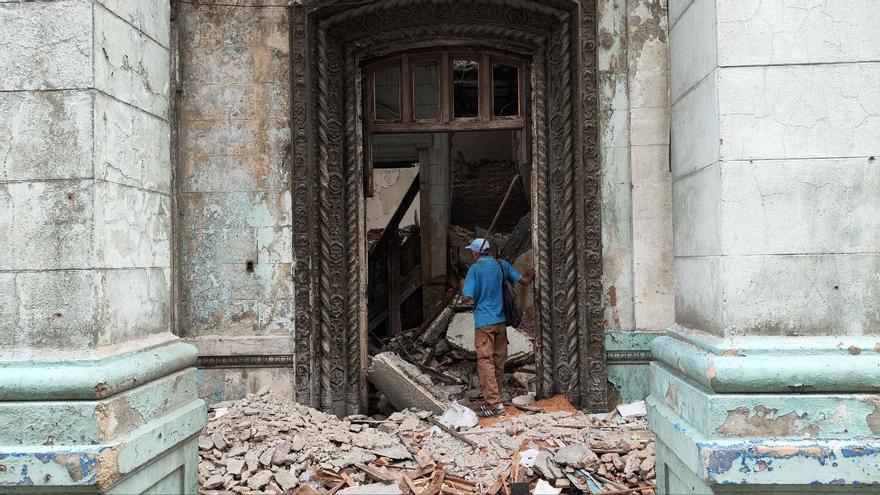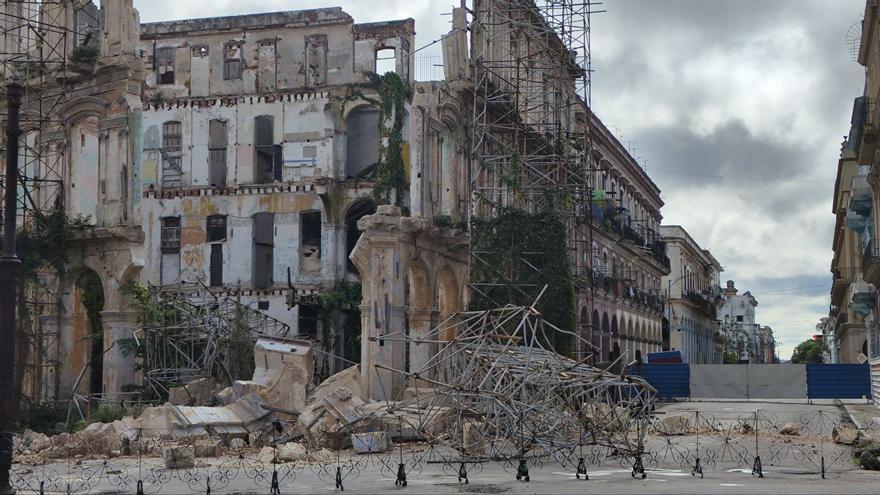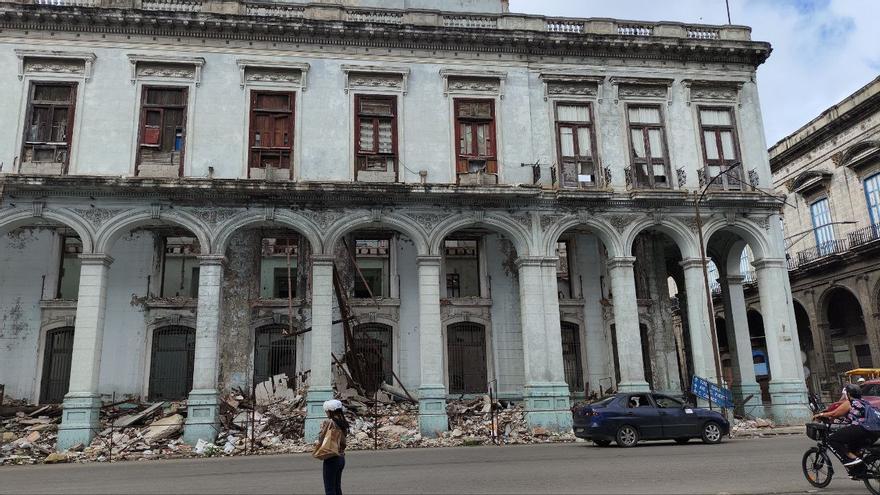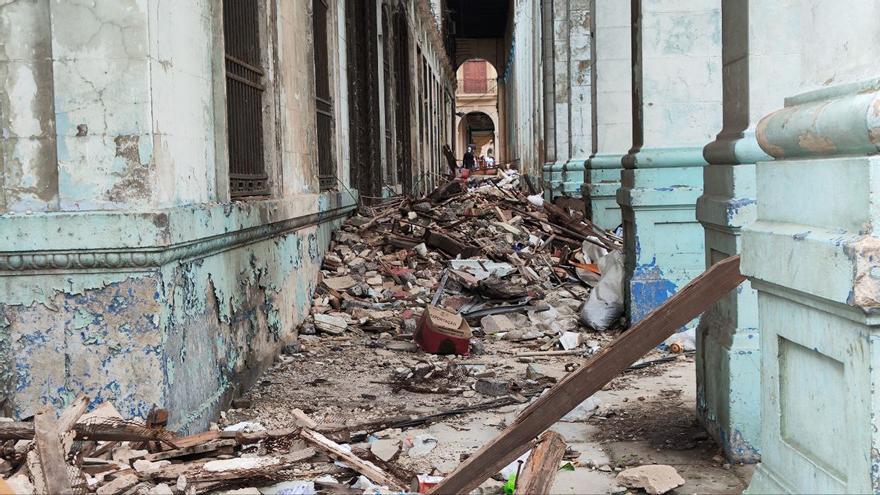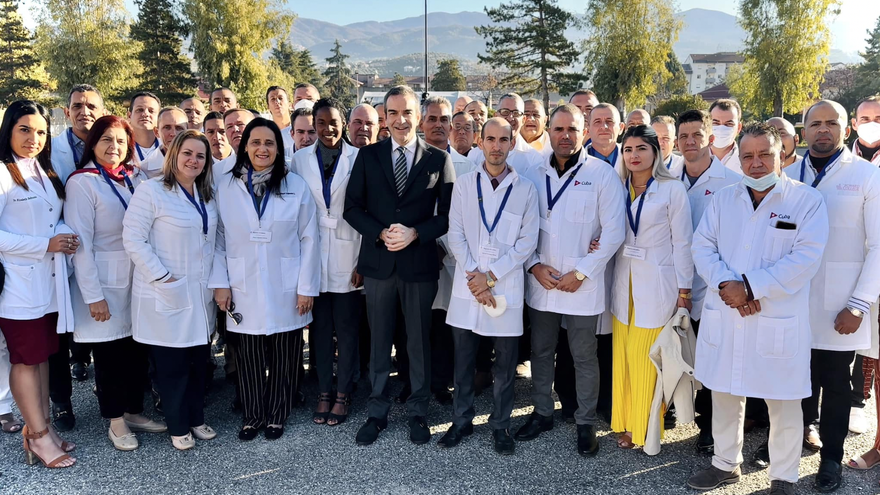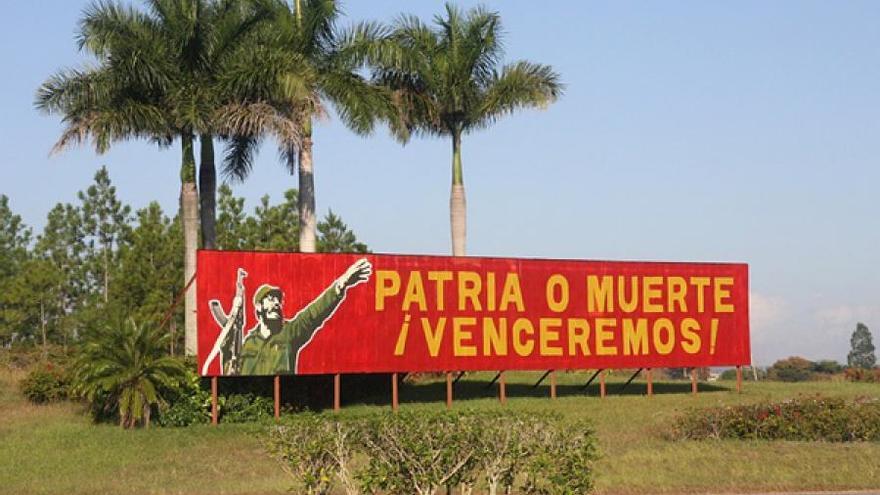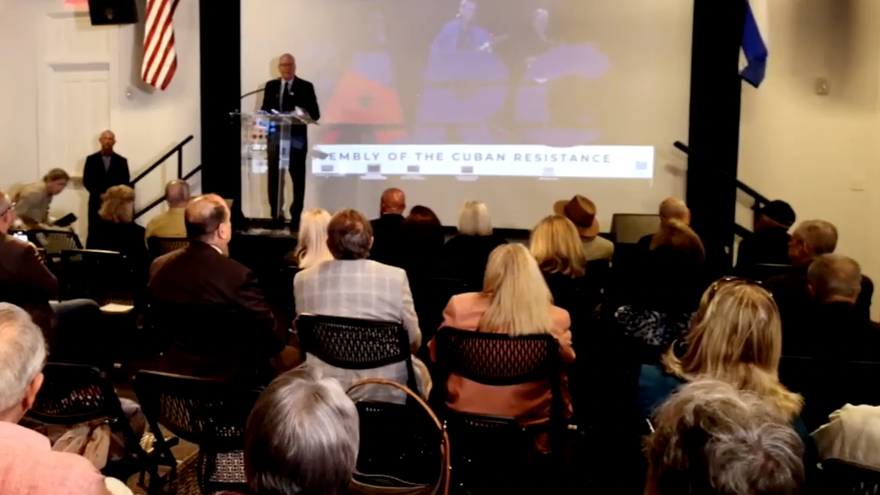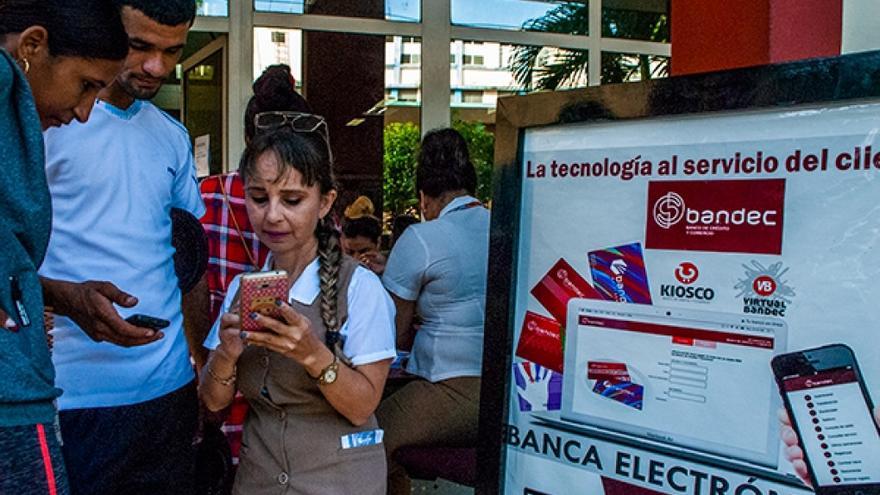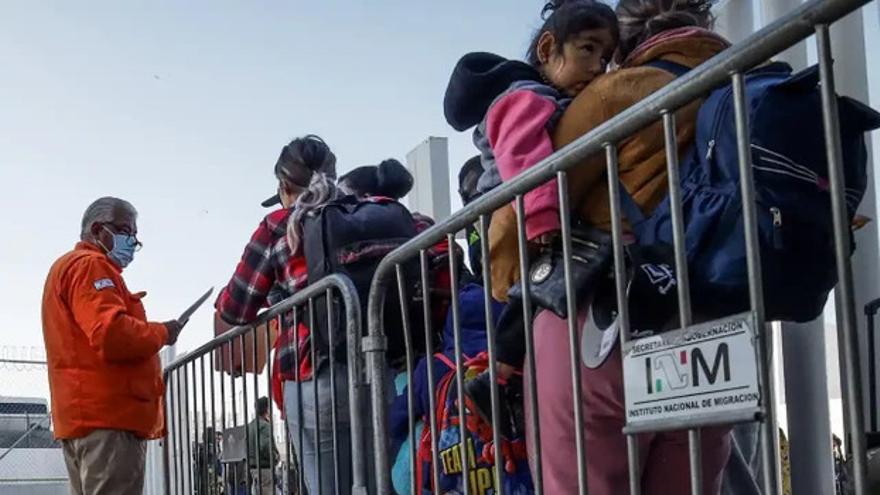
![]() EFE (via 14ymedio), Tijuana, 27 January 2024 — Authorities on the northern border of Mexico warn that at least 8,000 migrants a month pay up to 40,000 dollars to coyotes (traffickers) for a “package of amparos” (protection orders) with the promise to protect them from deportation for free transit through the country.
EFE (via 14ymedio), Tijuana, 27 January 2024 — Authorities on the northern border of Mexico warn that at least 8,000 migrants a month pay up to 40,000 dollars to coyotes (traffickers) for a “package of amparos” (protection orders) with the promise to protect them from deportation for free transit through the country.
David Pérez Tejada, head of the National Institute of Migration (INM) in Baja California, said in an interview with EFE that the number of people who arrived with these amparos rose in the last quarter of 2023, with a monthly trend of 8,000 on average; that is, about 300 people per day.
The representative of Migration in the state, bordering California, explained that these amparos are usually promoted in Tabasco, Veracruz and other cities in the center of the country.
There, the coyotes trap them with the idea of an “all-inclusive” package to reach border cities, such as Tijuana, and from there to cross irregularly to the United States. continue reading
He explained that some people, after crossing the southern border of Mexico, “already have this kind of package, as if it came from a travel agency.”
“They now fly them from their country of origin to a jungle they must pass through and promise that they will protect them when they cross the border irregularly,” he said.
These packages include a plane ticket from Tapachula or from Mexico City to Tijuana
He added that these packages include a plane ticket from Tapachula, on the border with Guatemala, or from Mexico City to Tijuana.
Once they arrive at this border city, he said, they show the protection order for their free transit to an “alleged taxi or Uber driver, who takes them to a safe house or somewhere else to accommodate them for 24 hours or less. The next day they are already on their way to the United States.”
Investigations show that “each package has a different cost depending on the situation of the migrants.”
“If it is a family nucleus, if they bring minors, if they come alone, depending on this and the place of origin, the method and rate change. For example, those from Uzbekistan pay up to 40,000 dollars, the Chinese 20,000, those from Central America 7,000 dollars and the Ecuadorians 10,000,” he said.
Pérez Tejada pointed out that those who most come to Tijuana with these amparos are the Uzbeks and the Chinese.
But the representative of the INM warned that, although they have this legal instrument, that does not exempt them from an administrative procedure if the agents intercept them, in which they must comply with a maximum of 36 hours detention before their release.
Even if they have this legal instrument, that does not exempt them from an administrative procedure
For the INM delegate, this situation represents “a problem” because it complicates the work of the immigration authorities.
“They are the ones who are crossing irregularly (to the United States) and we want to know how to approach them with the help of lawyers, legal associations and research institutes so that we can see how to deal with this protection order,” he said.
The arrival of migrants under amparos had its peak in November last year, when the INM in Baja California registered 13,600 protected migrants. The number has decreased in this January.
Nicole Ramos, director of the organization Al Otro Lado (To The Other Side) in Tijuana, responded to EFE in writing that “it is questionable for the delegate (of Migration) to send the message that the only way to cross (to the United States) is through CBP-One,” the official American application for migrants.
“We all know that it is used to limit the number of asylum seekers who can cross and that CBP (the Office of Customs and Border Protection) refuses to prosecute asylum seekers when they arrive without an appointment, regardless of the person’s circumstances,” he said.
He added that “telling immigrants to use CBP-One, while actively helping the United States to violate the law, is a bit dishonest.”
“We wouldn’t see unscrupulous lawyers in Mexico or organized crime profiting from the desire of migrants to have safe transit to the border to seek asylum if Mexico didn’t act as a watchdog for the U.S. Government,” he said, accusingly.
Translated by Regina Anavy
____________
COLLABORATE WITH OUR WORK: The 14ymedio team is committed to practicing serious journalism that reflects Cuba’s reality in all its depth. Thank you for joining us on this long journey. We invite you to continue supporting us by becoming a member of 14ymedio now. Together we can continue transforming journalism in Cuba.

